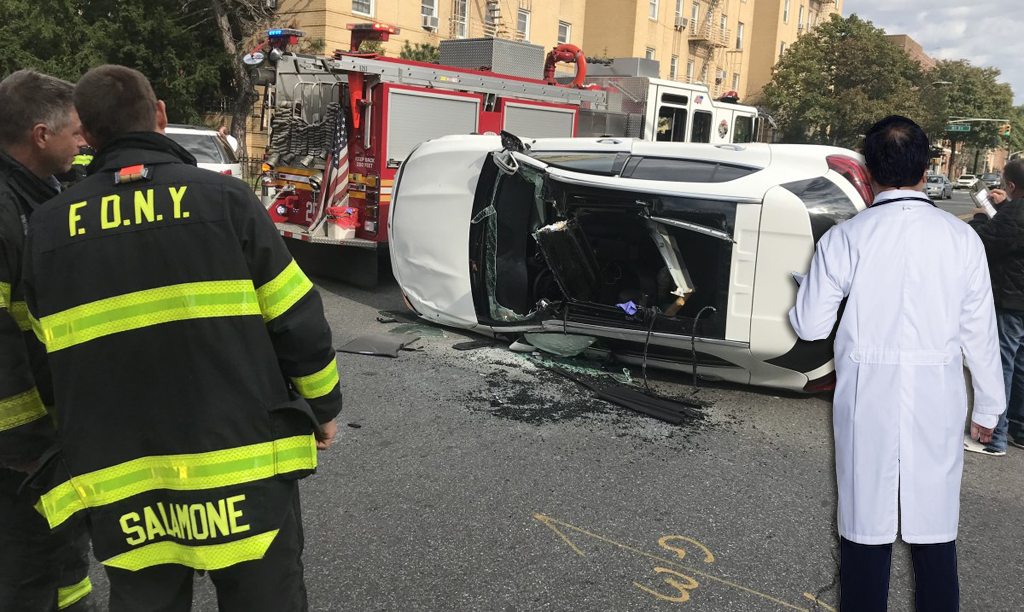It’s because practicing engineers (as opposed to road safety researchers, who are silo’d in academia) are obsessed with Level Of Service (LOS) for cars to the exclusion of all other concerns. Cyclists and pedestrians are a joke to them, whose safety is to be afforded lip service, at best.
Traffic engineers are people who would demolish a thriving main street to build a six-lane 55mph highway and have the utter gall to call it an “improvement.” The entire industry is fundamentally fucked up, working from incorrect premises to achieve incorrect goals.
(Source: I used to work as a traffic engineer.)
Are you Chuck Mahon?
If not, it’s great to see his affect on USA traffic engineering
Part of me wishes I hadn’t already changed careers before finding out about Strong Towns.
why do these idiots build highways near city centers instead of on the edges, bypassing the buisness?
where I live, its safe to assume half the drivers on the road are drunk/tweaking.
Well, the article’s thesis is more that transportation/traffic engineers don’t care. DoTs are set up to get grants and spend money, with a focus on throughput. Very little thought is put into safety, and most “safety” best practices are confusing, outdated, or poorly thought out.
Only half? That sounds like nice place!
I wish there were more regulation on the size of private vehicles, particularly in North America. It’s pretty clear at this point that what is contributing to higher pedestrian/cyclist fatalities despite better urban infrastructure is the increasing curb weight and ground clearance of automobiles. We can hope that collision-avoidance tech in newer models may reduce human-error type accidents, but at the end of the day, kinetic energy is a bitch.
I wonder how the EV transition will affect things? On the one hand, an EV would weigh more than an ICE of the same class since batteries are heavy. On the other hand, batteries are also the most expensive component by far and you need more in a larger vehicle, so from a dealer’s perspective, the margins may not necessarily grow the bigger you go like with an ICE. The sweet spot might actually be something smaller. (In fact, for me, it’s actually ebikes.)
Another effect these oversized vehicles have is that they are generally safer for the occupants in the event of a crash, which means the driver doesn’t have to worry about their safety or self-preservation as much, which means they crash into things more often from not paying close attention to their surroundings.
Unfortunately the rest of us who may get hit by one of these oversized vehichles don’t have the luxury of being safer and not dying.
Yeah it’s kind of an arm’s race with people feeling they need to be the biggest thing on the road to feel safe. I’ve driven a few larger vehicles as airport rentals when they had nothing else in stock, and I’ve noticed they also tend to have a lot more blind spots than what I’m used to.
I remember when I was taking lessons, my instructor said I should think of the airbag as being a spring-loaded spike that will impale you if you screw up. I guess he was trying to impress on me that it’s not good to feel safe and smug when you’re driving? And actually, I’ve read since that air bags can be pretty violent when they go off, so he may not have been as far from the truth as I thought?
Step one: join local bike coalition.
Step two: become a single-iseue voter and only vote for their endorsements.
Only half joking here.
It’s not perfect in my city, but it is getting better, which is awesome to see — in the past 7 or so years that I’ve lived here it has gotten way way better. The pandemic helped a ton (slow streets implemented in a really great way among other things).


